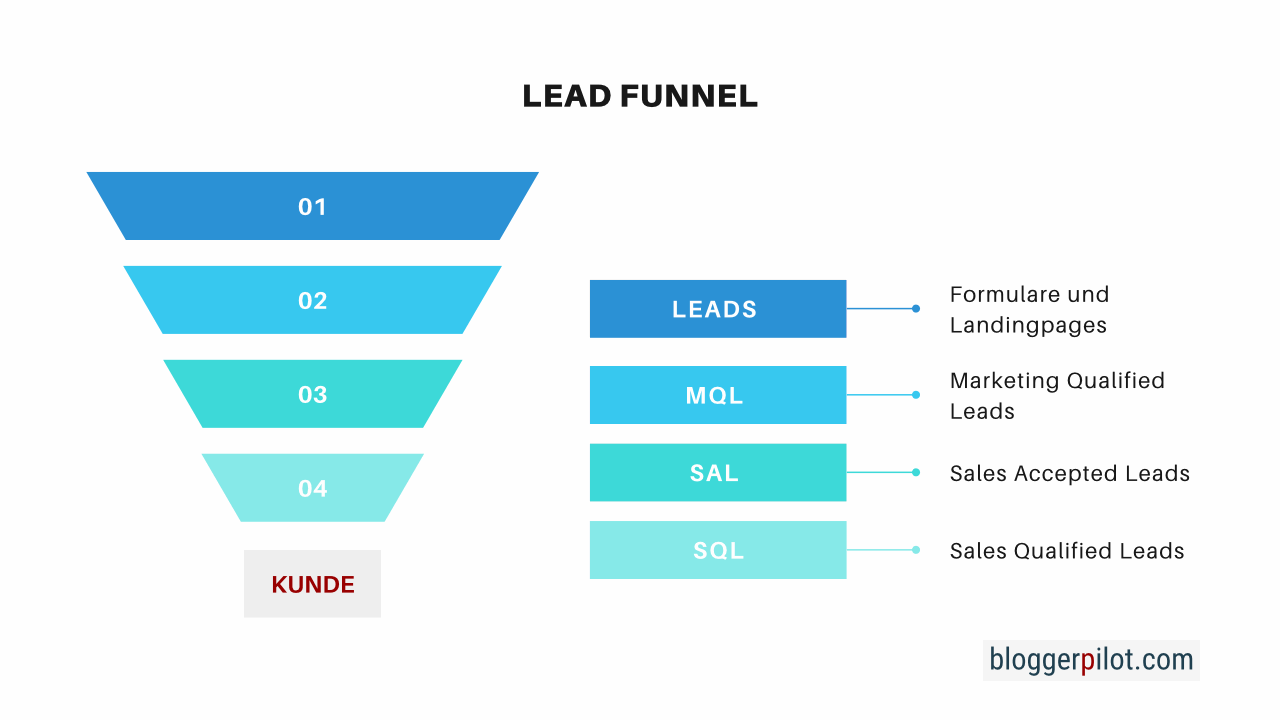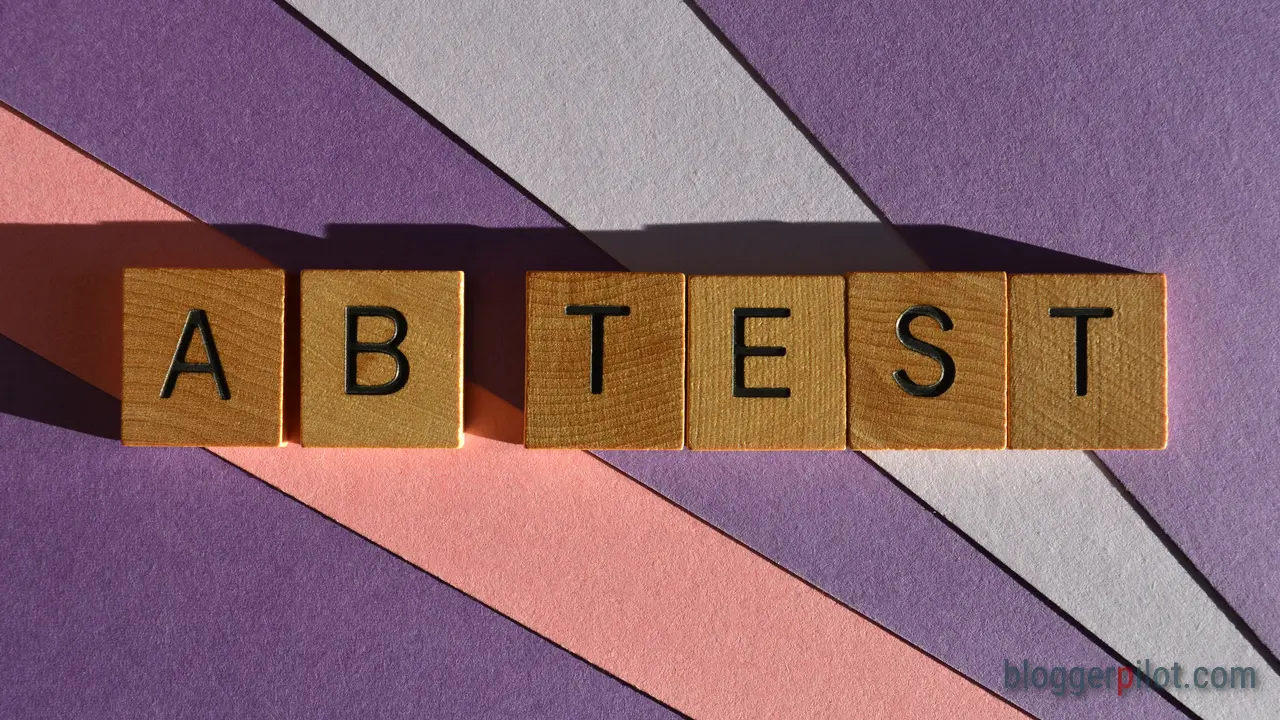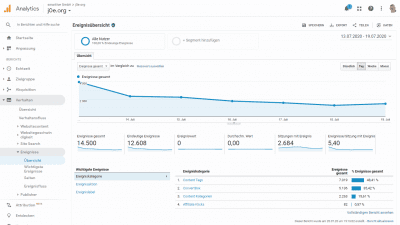Conversion Optimization: Strategies for Increasing Sales Figures
In the digital business world, conversion optimization is an indispensable factor for success. It goes far beyond simple click-through numbers and focuses on actually converting visitors into paying customers. In this article, we’ll look at key strategies to increase your conversion rate.
Conversion optimization is essential to digital success. It transcends clicks and focuses on converting visitors to customers. Key strategies include A/B testing, heatmap analytics to identify user behaviors, and landing page optimization for higher engagement rates.
We’ll discuss the basics of conversion optimization, explore psychological factors that influence the purchase decision process, and show you how to evaluate your efforts through measurement and analysis. Read on to discover sound strategies that can sustainably increase your sales.
☝️ Key points at a glance
- 🛒 Conversion optimization is critical to business success and refers not just to clicks, but to converting visitors into paying customers.
- 📊 A/B testing is an effective way to find out which version of a web page or element is more efficient for conversion.
- 📊 Google Analytics and other tools are useful for analyzing user behavior and interaction with the website.
- 💡 Conversion optimization is a long-term investment and improves the efficiency of all other marketing spend.
What is a conversion?

Let’s clarify this question first!
In digital marketing, the term “conversion” is often used, but what does it really mean?
It is a process that goes far beyond simply clicking on a web page. In this section, we’ll take a closer look at the term conversion, paying special attention to the terms lead and lead magnet.
The basic idea of a conversion
Conversion refers to the successful conversion of a website visitor into a paying customer or a “lead.”
A lead is basically a potential customer who shows interest in a product or service.
Conversion usually occurs through specific marketing strategies and tactics aimed at getting the user to take a specific action.
What is conversion optimization and why is it important?

Conversion optimization, also known as conversion rate optimization (CRO), is the systematic process of increasing the percentage of website visitors who take a desired action. This action can be anything from making a purchase to signing up for a newsletter to contacting customer service. Basically, it’s about making the barrier between visiting a website and completing a transaction as low as possible.
The importance of conversion optimization to business success can hardly be overstated. In a world where online competition and customer acquisition costs are constantly rising, a high conversion rate is a clear competitive advantage. Not only does it allow businesses to generate more revenue from the same traffic or number of users, but it also improves customer retention and increases lifetime values. Remember, a customer who has bought once is more likely to buy again. Plus, it’s usually less expensive to get a conversion from an existing customer than it is to acquire a new one.
Therefore, conversion optimization is not just a short-term strategy to increase sales, but should be viewed as a long-term investment in the health and profitability of an online business. It helps improve the efficiency of all other marketing spend, from SEO and content marketing to paid ads.
Conversion optimization basics
Conversion optimization is a multidisciplinary approach to improving the performance of a website or app to achieve specific goals, most often increasing revenue or customer engagement. It includes both qualitative and quantitative oriented methods.
- A/B testing: one of the most effective ways to achieve conversion optimization is A/B testing. This involves comparing two versions of a website or a particular element (e.g., a button or text). This makes it possible to find out which version is more effective.
- Heatmap analysis: heatmaps provide insights into where users click on a page or how they scroll. This helps to understand which areas of the page are attracting the most attention.
- User behavior analysis: Understanding user behavior is critical. Tools like Google Analytics provide valuable data on how users interact with the site.
- Landing page optimization: landing pages are often the first touch point with potential customers. These pages need to be clear, informative, and call-to-action.
- Call-to-Action (CTA): Call-to-action elements such as buttons or links should be prominently placed and easy to understand to increase conversion rates.
- Page speed: Page speed is also a critical factor. Slow loading times can lead to a high bounce rate.
- Mobile Optimization: mobile optimization is essential in today’s world as a large portion of traffic comes from mobile devices.
Core strategies to improve conversion rate
Conversion rate optimization is a multi-faceted endeavor that spans several core strategies. One of the most important is landing page optimization. Your landing page is often the first point of contact between potential customers and your business, and it must be designed to effectively convert visitors into customers. This includes improving the design, usability, and content to ensure visitors get all the information they need to make a buying decision.
Another critical tool is A/B testing. By testing two different versions of a web page or a specific element on the page, you can make data-based decisions about which version is more effective. This could be anything from the color of a button to the placement of a product image or the wording of a call-to-action (CTA).
In terms of the CTA and overall user experience, it’s critical to provide visitors with a clear, unambiguous path to conversion. Every step in the process, from the first visit to the website to the final action, should be seamless and intuitive. Well-placed and clearly worded CTAs are essential in this regard. They should tell the user exactly what to do next (“Buy now,” “Learn more,” etc.) and help them perform that action easily and efficiently.
Specific conversion optimization methods
A/B testing

A/B testing involves comparing two versions of a web page or web page element. The goal is to find out which version resonates better with users and achieves higher conversion rates. Here’s how it works:
- Make a hypothesis: Before you start, you should formulate a clear hypothesis. What problem are you trying to solve? What do you expect from the change?
- Select test elements: Determine the elements you want to test. These can be headlines, images, CTA buttons, etc.
- Create variants: Create the two variants (A and B) you want to test.
- Split traffic: Split the incoming traffic between the two variants.
- Collect and analyze data: After enough data has been collected, analyze the results.
- Make decisions: Based on the data, you can make decisions about implementing the more successful variant.
Heatmap analysis
A heatmap analysis shows where users click, move, and scroll on a web page. This is especially useful for identifying “hot spots” and “cold spots” on a page.
Landing page optimization
Landing pages are often the first touchpoint between a potential customer and your offer. It’s therefore critical that these pages are optimized. Here are some tips:
- Clear USP: The unique selling point (USP) should be clearly communicated.
- Clear CTA: The call-to-action (CTA) should be eye-catching and self-explanatory.
- Short load times: The speed of the page is crucial for the user experience, and thus also for the conversion rate.
- Responsive design: the page should look and work well on all device types.
Choosing the right tools
Choosing the right tools for conversion optimization is crucial to performing effective analysis and testing. There are several categories of tools that can be useful at different stages of the optimization process:
- Analytics tools: Tools like Google Analytics allow you to analyze traffic and user behavior.
- A/B testing tools: specialized software for A/B testing, such as Optimizely or Convert, offer advanced features for creating and evaluating tests.
- Heatmap tools: Software such as Hotjar or Crazy Egg provide heatmap analysis to visualize user interactions.
- Survey and feedback tools: Solutions such as Typeform or SurveyMonkey help collect direct feedback from users, which can be very helpful in hypothesis generation.
Advanced strategies
Advanced strategies in conversion optimization could include implementing artificial intelligence or machine learning to create personalized experiences. Here are some approaches:
- Personalization: customized offers or content based on the user’s behavior or preferences.
- Dynamic Pricing: real-time price changes based on supply and demand or user profile.
- Chatbots for customer service: automated customer interaction to answer questions in real time and optimize the conversion funnel.
Psychological factors influencing conversion
Psychological factors play a crucial role in increasing conversion rates. One of the most important aspects is trust, which can be built through customer reviews and testimonials. New visitors to a website often look for social proof to confirm the credibility of the offer. By presenting authentic reviews and testimonials, businesses can satisfy this need and greatly increase the likelihood of conversion. Some companies even go so far as to integrate social media posts and user-generated content to further enhance this trust factor.
Another psychological factor that impacts conversion is a sense of urgency or scarcity. By communicating that a product or offer is only available for a short time or in limited quantities, companies can speed up customers’ decision-making processes. This meets the psychological tendency to want to avoid losses and feel that something valuable may be missed. Phrases such as “Only a few left available” or “Offer ends soon” are common techniques to create a sense of urgency.
The trick is to use these factors skillfully and authentically without abusing the customer’s trust. By combining trust-building with psychological triggers like urgency and scarcity, companies can effectively increase their conversion rates.
Measurement and analysis: how to evaluate your success
Measuring and analyzing your conversion optimization strategies are critical to continued success. Key performance indicators (KPIs) play a central role in this. Key KPIs include conversion rate, bounce rate, average time spent on page, and customer lifetime value. These metrics provide a quantitative basis for assessing the effectiveness of your strategies and identifying areas for improvement.
To effectively monitor these KPIs, there are numerous tools that can provide valuable insights. Google Analytics is one of the most popular tools and allows for in-depth analysis of user behavior on your website. It shows where users come from, what pages they visit, and at what point they may drop out of the conversion funnel. Specialized tools like Optimizely or Unbounce can be used for A/B testing to test different versions of a landing page or call-to-action element and determine the version that achieves the highest conversion rate.
Criticism of A/B testing
Some experts argue that A/B testing is often misinterpreted and can lead to rash decisions. In particular, A/B tests can highlight short-term improvements that have no long-term benefit or may even be harmful.
Limitations of Bayesian methods
Although Bayesian procedures have their advantages, they are not always the best choice. Critics point out that Bayesian models can be complex and lead to overfitting, especially when data sets are small.
Alternative methods
There are also alternative methods for conversion optimization, such as usability testing, qualitative interviews, or heuristic evaluations that take a different approach and focus on user experience.
The key to increasing sales through conversion optimization
In today’s competitive online world, conversion optimization is more than just a buzzword; it’s a must for any business looking to increase sales. From landing page optimization and A/B testing to psychological factors like trust building, every strategy has its place in the conversion optimization toolkit.
However, the heart of successful optimization projects is the continuous measurement and analysis of relevant KPIs.
Conclusion
Conversion optimization is not an isolated concept, but the interplay of various strategies and tactics, ranging from landing page optimization and A/B testing to psychological factors such as building trust.
It’s key to increase your sales and should be considered a long-term investment in your online business. And always remember that success is in the numbers: Continuous measurement and analytics are essential to monitor progress and make data-based decisions.
👉 Here’s how
- Start implementing the strategies presented in this post in your conversion optimization routine.
- Consider using tools like Google Analytics, Optimizely, and Unbounce for optimization and measurement needs.
- Discuss your experiences and insights with others in the online marketing field – sharing with like-minded people is often an invaluable source of new ideas and solutions.

